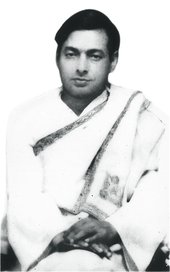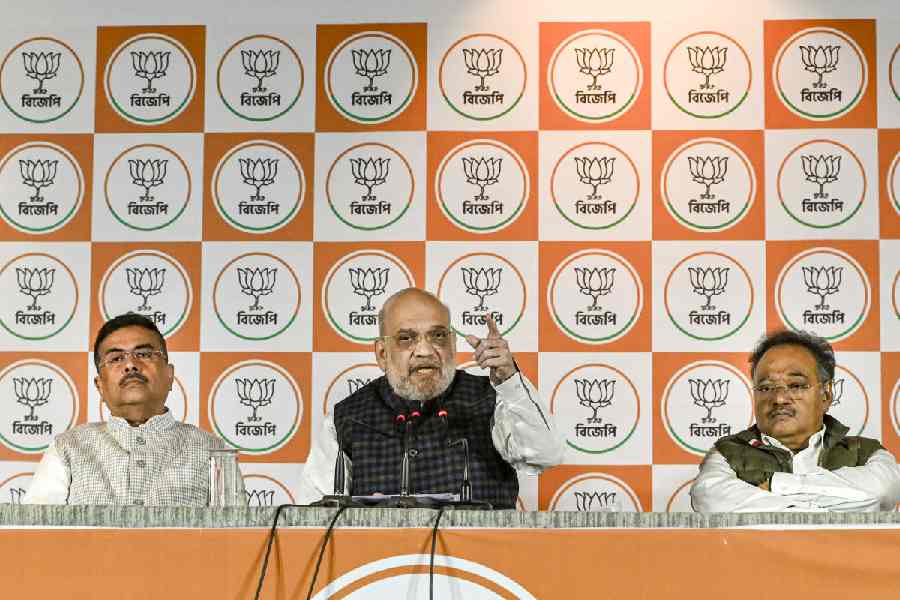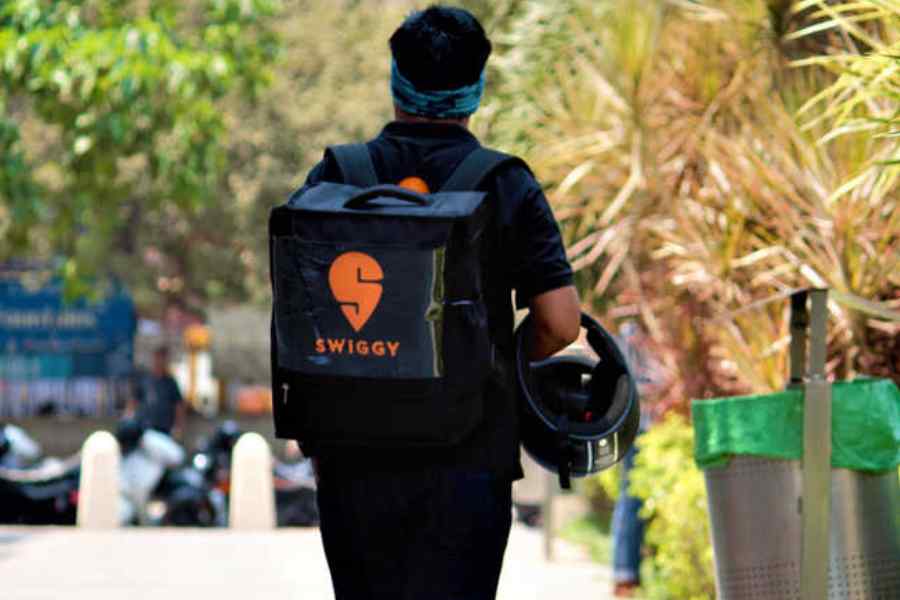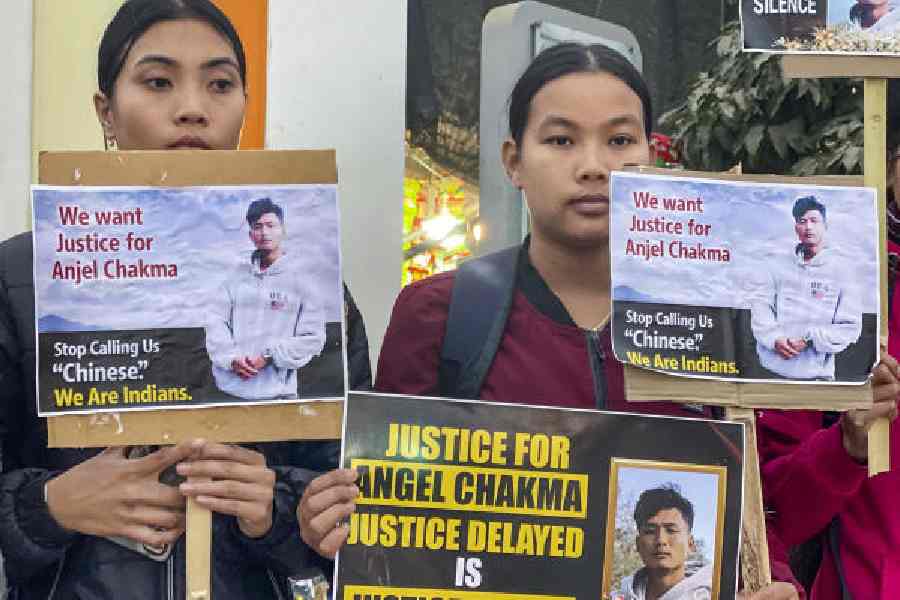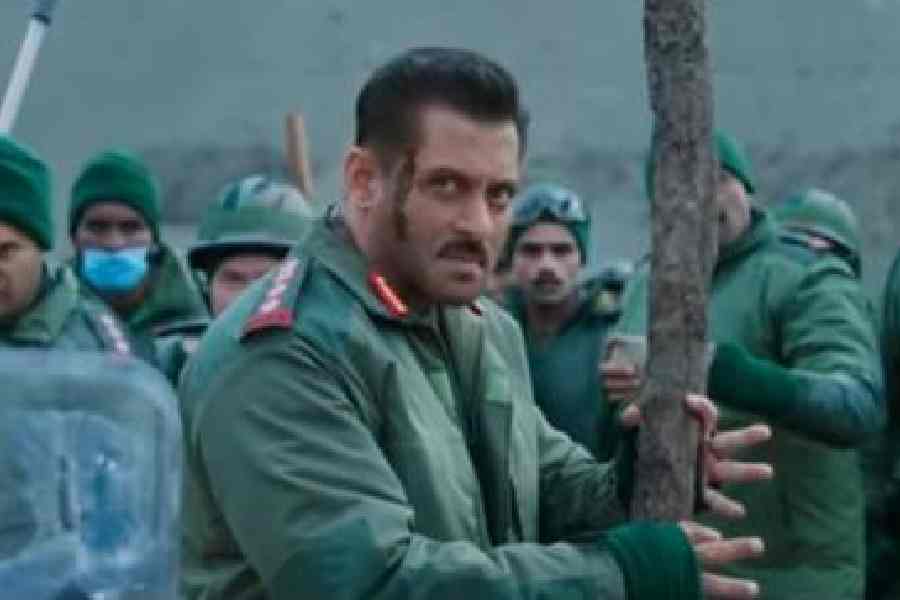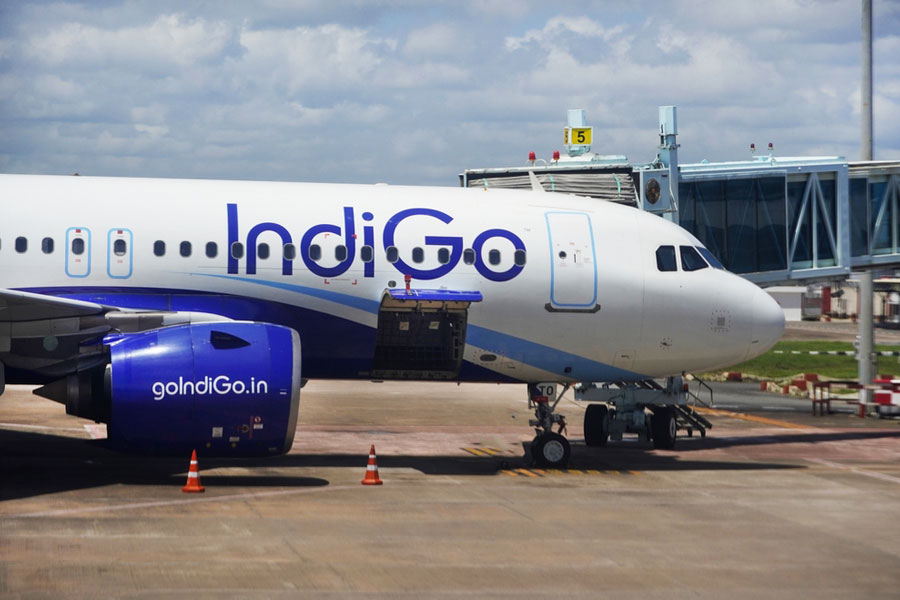 |
| Tarapada Chakraborty |
Although sound is ephemeral, great music survives the annals of time. In the age of mechanical reproduction — of CDs, iPod and MP3 — the living voice can outlive itself. Yet, in the centenary year of Sangitacharya Tarapada Chakraborty (1909-1975), the pre-eminent classical vocalist from Bengal, it is hard to locate any of his recordings in city stores.
While this amnesia is typical in a state with a pitiable record for archiving, such a fate is particularly ironic for a man who was hailed as one of the most gifted vocalists in India by none other than Ustad Faiyaz Khan.
Chakraborty founded the Kotali gharana, named after Kotalipara in Faridpur, from where he traced his ancestry. The twin threads of scholarship, in music and in Sanskrit, ran through the family.
Chakraborty would be best described as a scholar adventurer, who was embedded in the purity of ragas, even as he ventured into unexplored terrains. The slow tempo ektaal, now universally favoured by vocalists, was probably introduced by him in the vilambit khayal. But, like most original thinkers, Chakraborty had to struggle with his share of adversities.
When he first came to Calcutta to learn music, Chakraborty was just a boy. Forced to return home after his father’s death, he returned a few years later and started taking lessons from Satkari Malakar, a disciple of the famous Nulo Gopal.
The training did not proceed too well because of Malakar’s reluctance to part with his precious repertoire. He was also exasperated with his pupil’s prodigious memory that absorbed every bandish or raga after hearing it just once.
For the next few years, Chakraborty lived a vagrant’s existence, sleeping on footpaths and porches. The police hounded him, but turned his protectors once they heard him sing. He held a job at the All India Radio, accompanying performers like sitarist Enayat Khan or vocalist Gnanendra Prasad Goswami on the tabla.
Once, when the latter did not turn up for a live programme, Raichand Boral urged Chakraborty to fill the slot. The rest is history. Soon he would create another stir in the Chittagong Conference in the 1930s. Chakraborty had an intuitive feel for music. As Manas Chakraborty, his son, the eminent vocalist, says, he could almost “smell music”.
Musicians like Allauddin Khan and Girija Shankar Chakraborty (one of Tarapada’s gurus) admired him warmly. Chakraborty incorporated the best of all gharanas into his gayaki, introduced folk elements like kirtan and the piety of the gaudio sensibility of Bengal. His great achievement was the Bangla khayal, a unique form using Bengali bandishes. He also created some beautiful ragas like Chhaya-Hindol.
Although Chakraborty received many accolades towards the end of his life, he is now all but forgotten.
On April 1, his 100th birthday, the music organisation, Paramparik, will commemorate the event at his residence. It also plans to organise a music conference by the end of this year.
Some of Chakraborty’s recordings, a biography and his writings are expected to come out as well.

